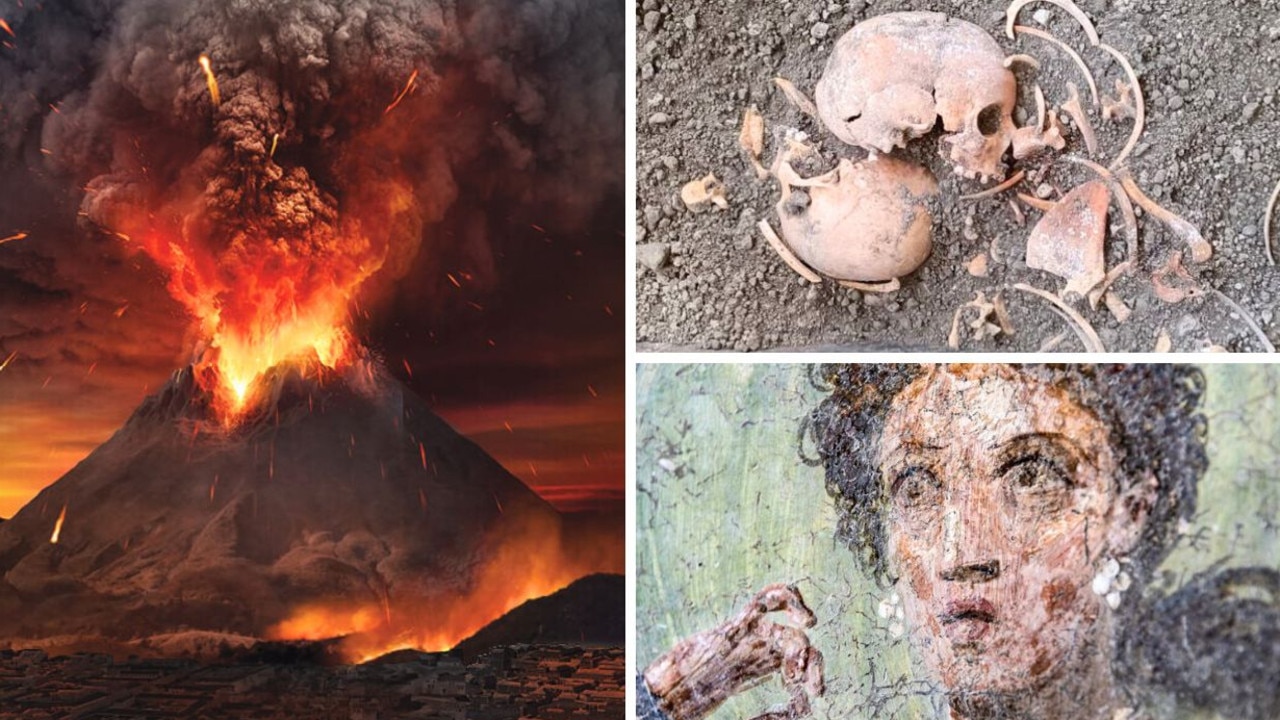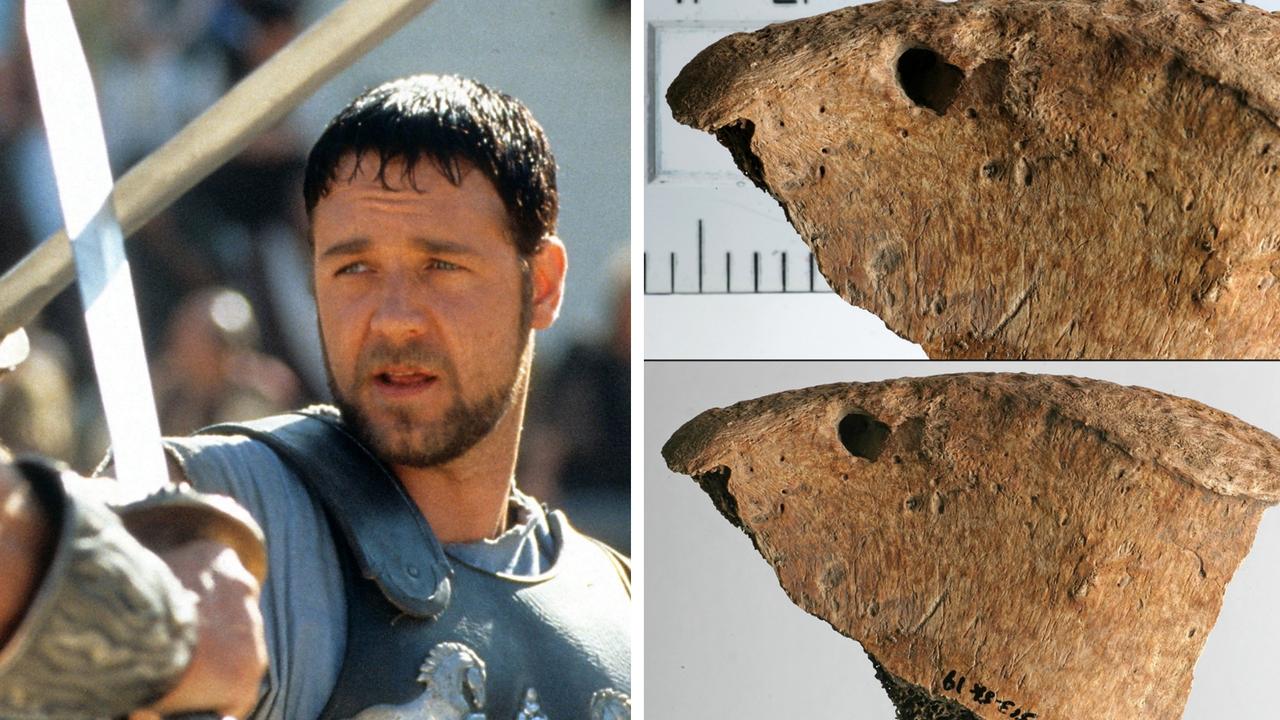Metal detectorists uncover 2000-year-old Iron Age coins, the first to be found in Wales
Metal detectorists have struck gold, finding a hoard of 2000-year-old treasure from the Iron Age, the first to be found on the ‘prehistoric’ site.
Metal detectorists have struck gold in Wales, finding a hoard of 2000-year-old treasure from the Iron Age, the first of its kind to be discovered in the country.
The 15 coins, known as staters, were found on the Welsh island of Anglesey off the northwest coast of the mainland by three metal detectorists between July 2021 and March 2022.
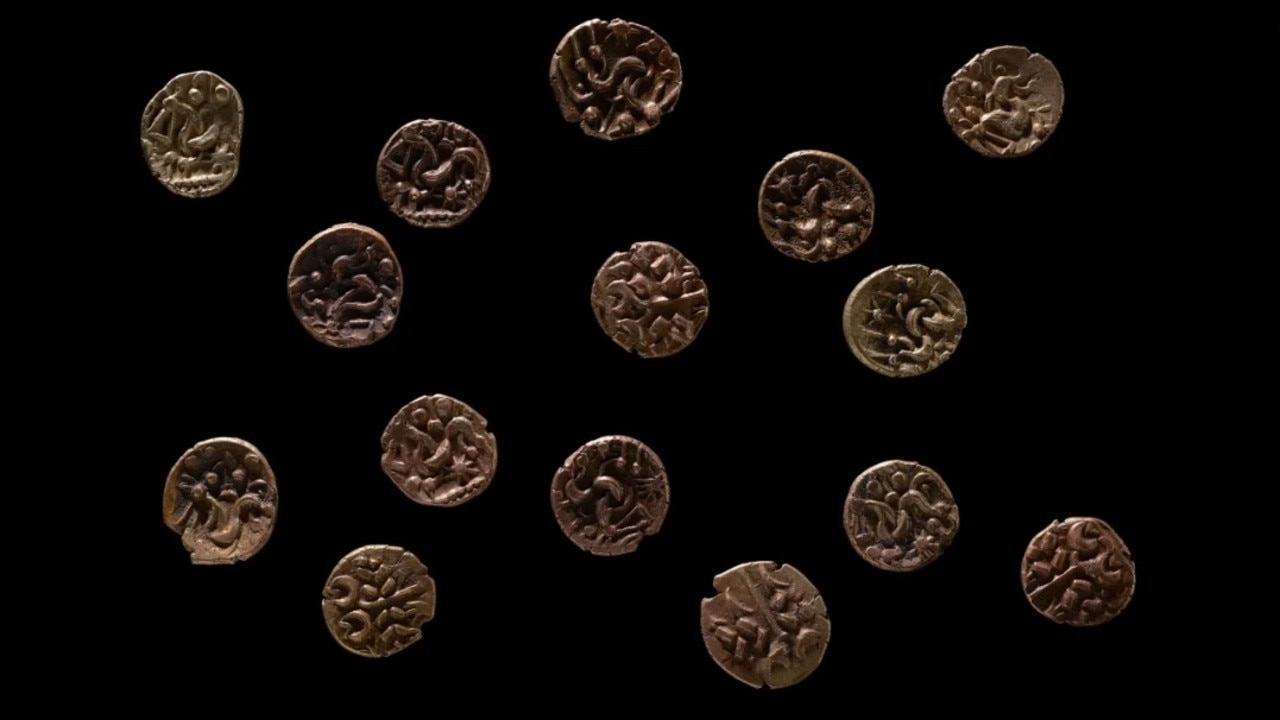
Lloyd Roberts, who found the first two coins of the hoard, said finding a gold stater was “always number one on my wish list”.
He said in his 14 years of metal detecting, he never expected to find even one stater, let alone two while on a search with his friend Peter Cockton.
“Having never expected to actually find one, let alone in Anglesey, can you imagine my shock, delight and surprise as I called out to my friend Peter, having dug up a beautiful full gold stater in mint condition?!” Mr Roberts said in a statement to the National Museum of Wales.
“That one coin alone would have made my year, but I went on to find another on my next signal, and then Peter found a total of three.”
After finding the coins, the pair contacted the Portable Antiquities Scheme – an organisation which records such finds – and sat on the spot for a coffee and to imagine “what our surroundings and people’s lives were like over 2000 years ago”.
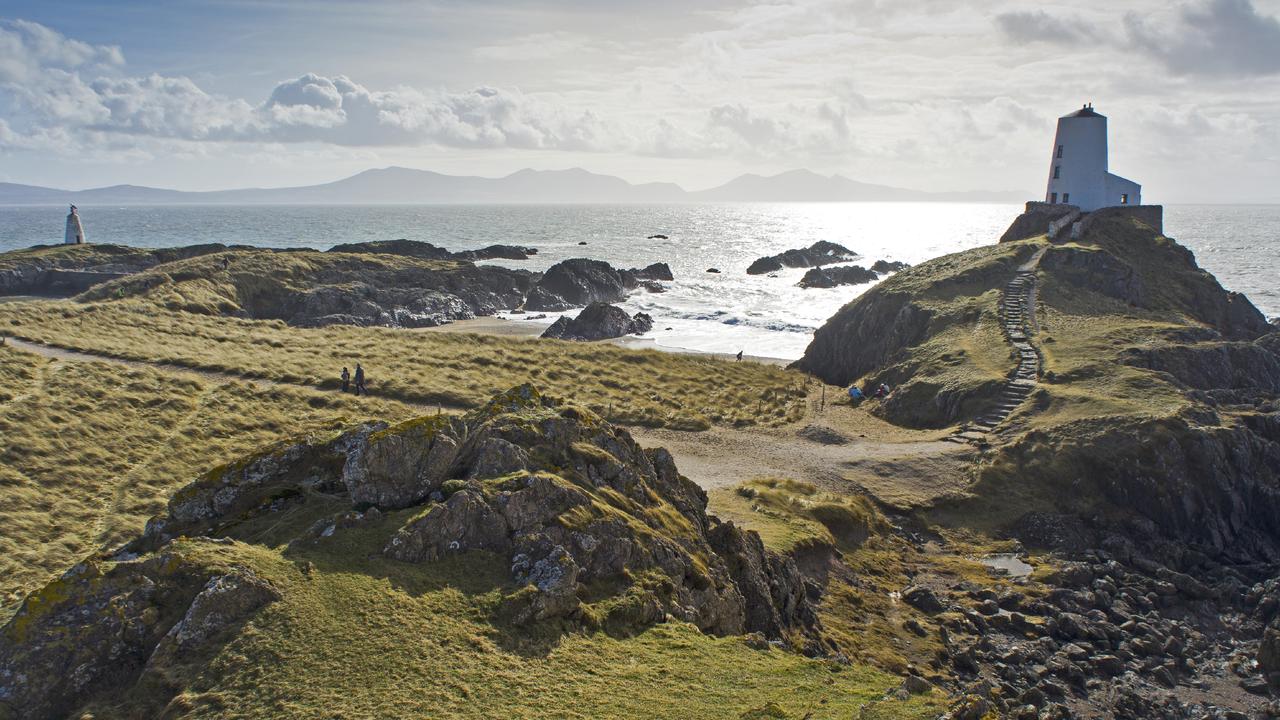
The coins were struck between 60BC and 20BC and belonged to the Corieltavi tribe who, at the time, inhabited the geographical area that is now England’s East Midlands, according to the Museum.
Tim Watson, who said he was relatively new to metal detecting after being encouraged by his father to “give it a go” during lockdown, found the sixth coin.
“I rushed home to show my wife and we were both in awe of this coin, which was like nothing else I had found, immaculately preserved with such unusual stylised images,” Mr Watson said in the release.
The discovery inspired Mr Watson to upgrade his metal detector, which helped him find the remaining nine coins in the same area in the following weeks.
The Museum says the coins’ stylised design derives from those of Philip II, who ruled the ancient kingdom of Macedonia from 359BC to 336BC.
The coins show the wreath and hair of mythical deity Apollo on the ‘heads’ side, while the ‘tails’ side shows a triangular-headed horse surrounded by various symbols which are key to separating the coins into their different types.
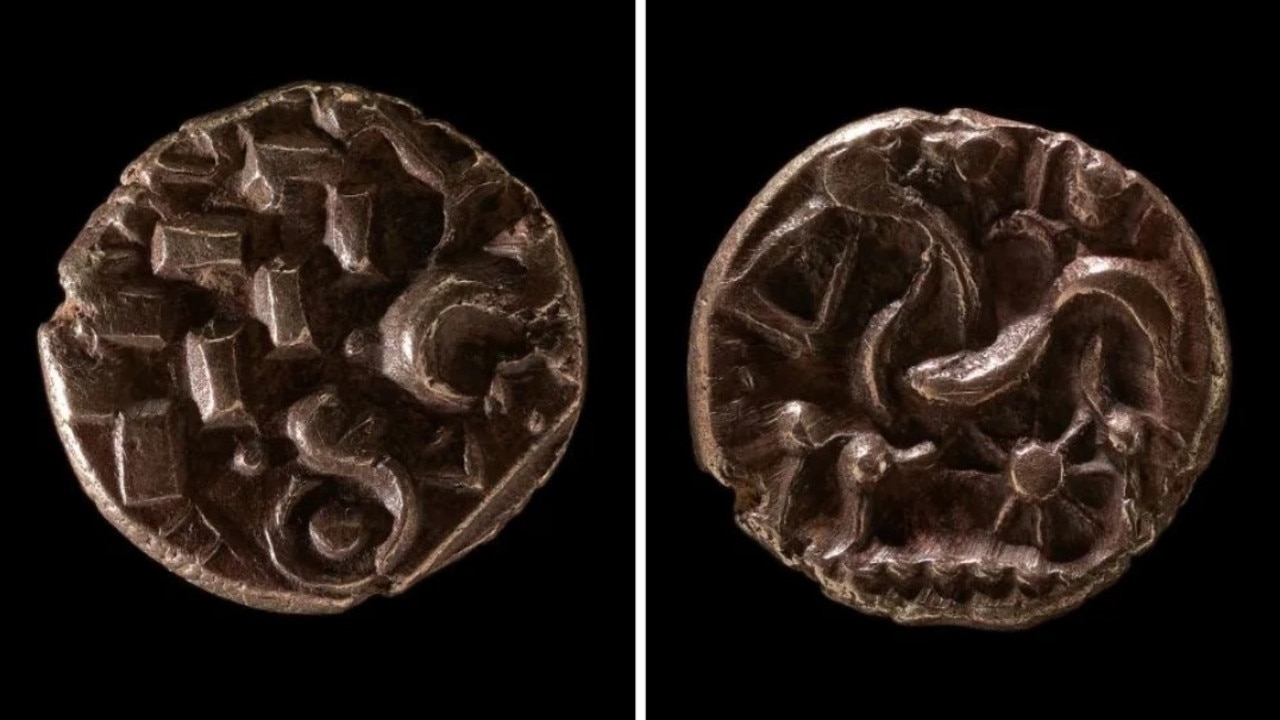
They were likely not used for everyday transactions as modern societies use coins today – though some were thought to have been used for high-value purchases – but were instead used as gifts between the elites to secure alliances, or as offerings to the gods.
The coins may also have been used in an exchange by the Coreltavi for copper, which were sourced from the Parys Mountain on Anglesey and the nearby Great Orme.
Another hypothesis that archaeologists and historians are using to explain the discovery of the buried treasure is the “holy nature of the island”.
Gwynedd Archaeological Trust visited the findspot in 2021 in an effort to find archaeological clues at to why the coins were buried.
The Trust’s Historic Environment Record archaeologist Sean Derby said while there were no clues found on the surface, “the findspot lies in an area of known prehistoric and early Roman activity”.
Other archaeological finds from Anglesey as well as Roman sources referring to the island and pagan priests suggest the area was an “important religious centre during the first centuries BC and AD”.
Welsh museum Oriel Môn is looking to acquire the coins and put them on public display.



